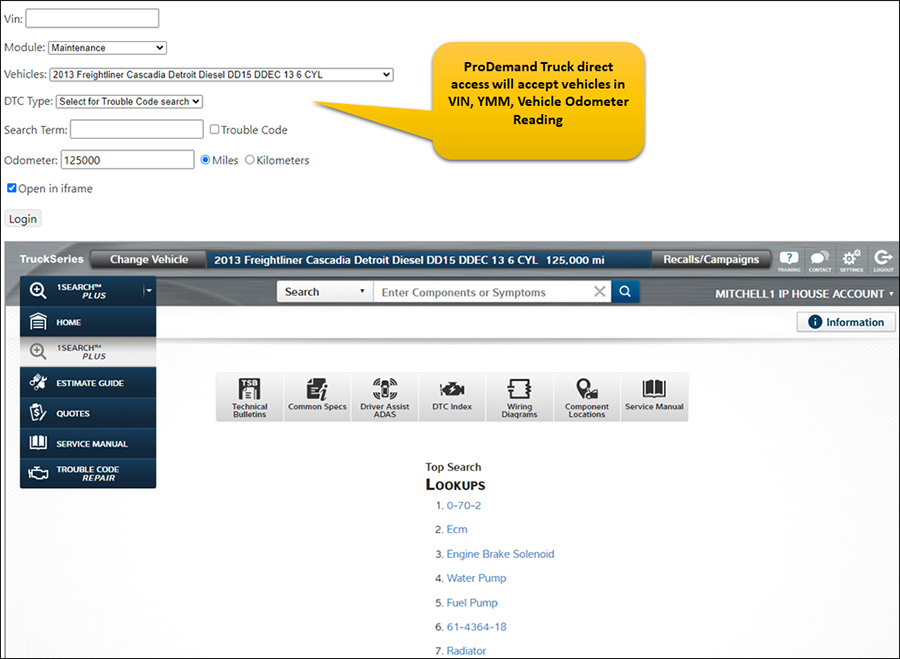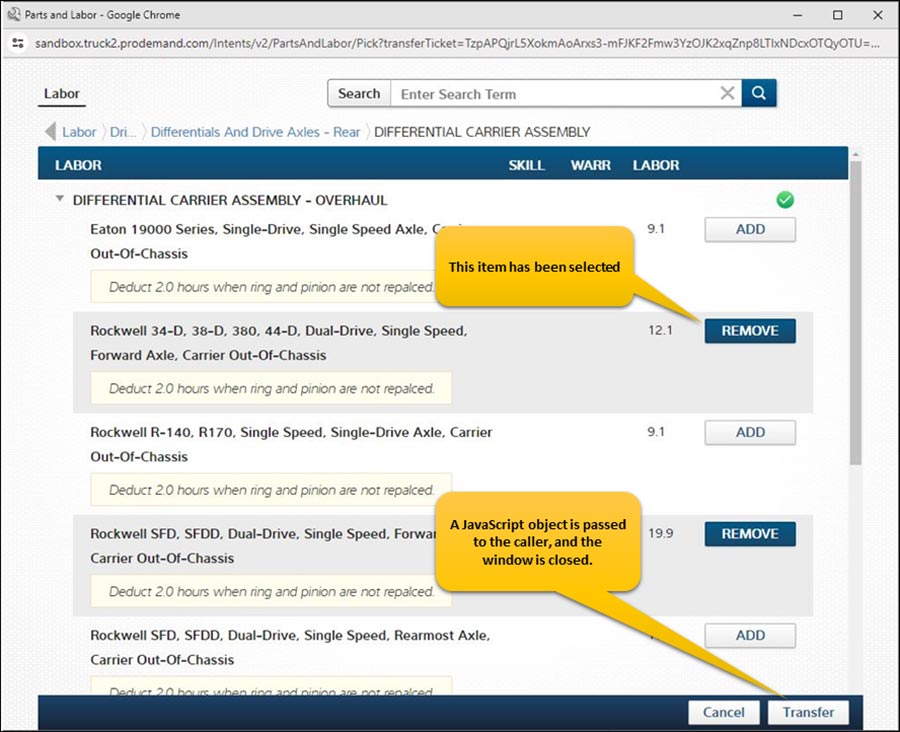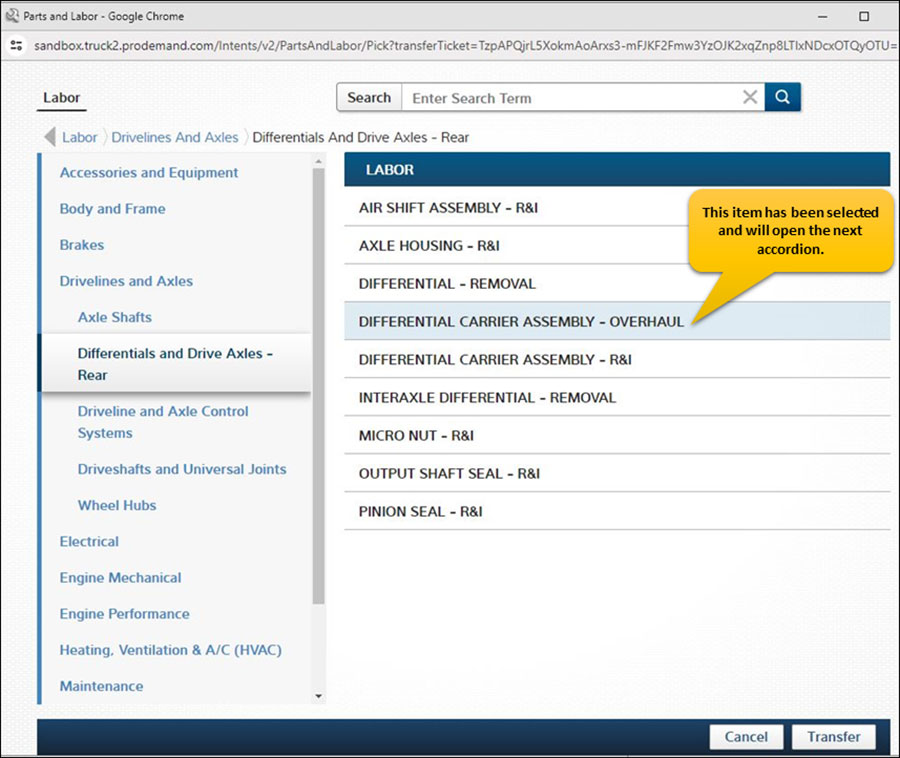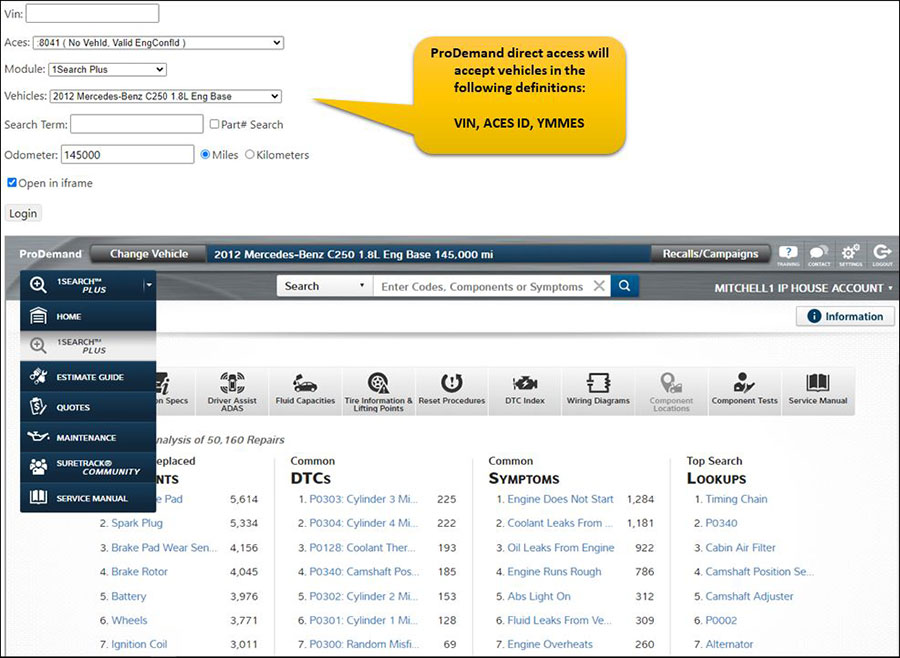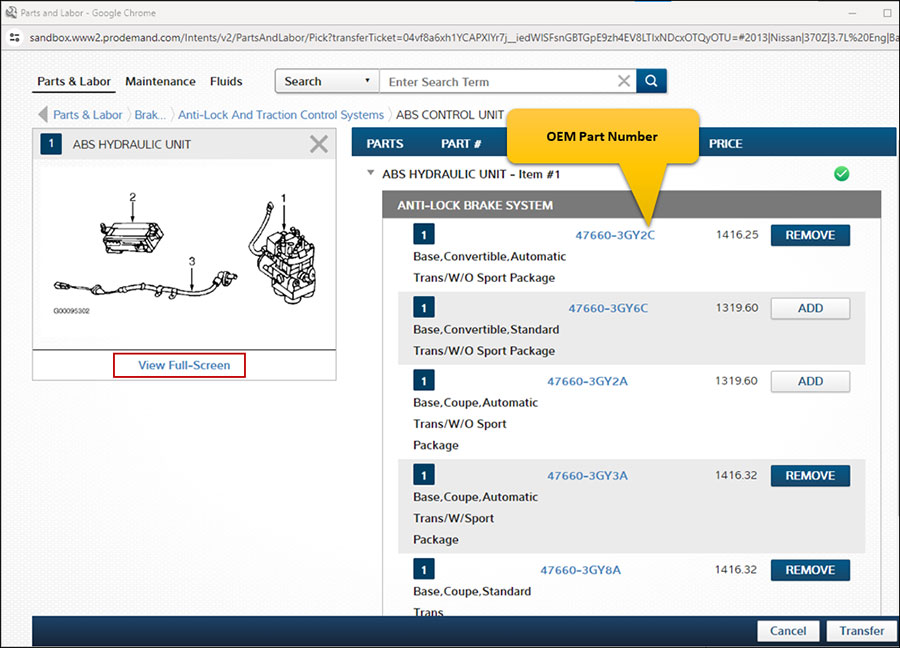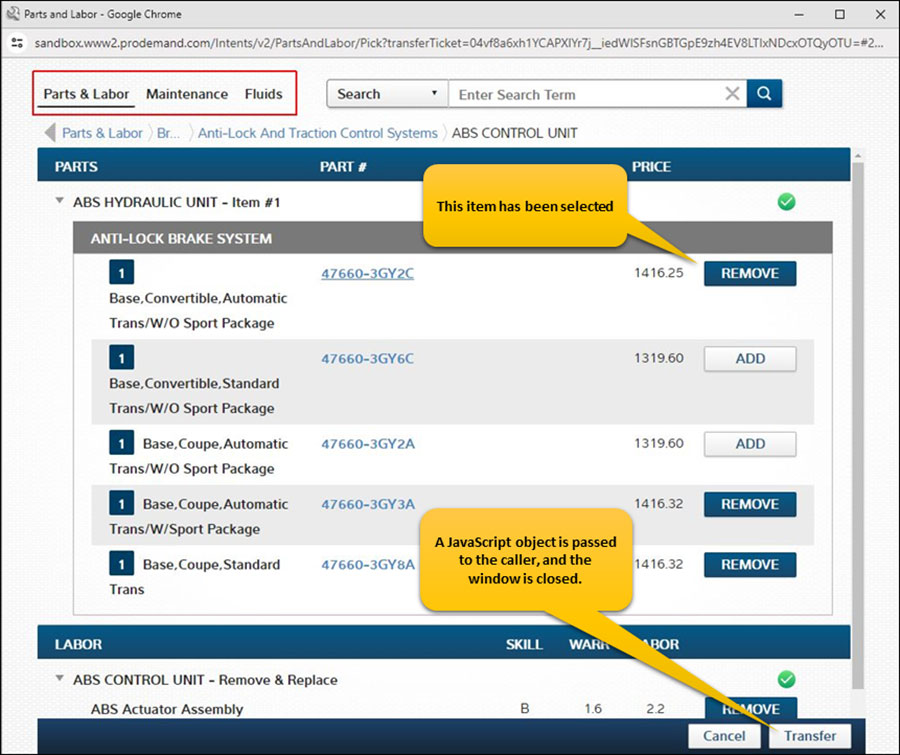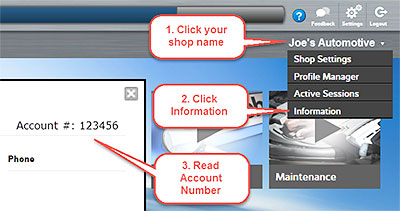Checking the fluid level in a manual transmission is typically a fairly straightforward process: remove the fill plug, stick your finger in and see how near the fluid level is to the bottom of the fill hole. To be sure, the transmission specifications may indicate distinct fill levels or temperatures at which the level should be checked, but nothing overly complicated.
In contrast, checking the fluid level in automatic transmissions has long presented a number of unique challenges. Do I check the transmission fluid level with the engine running or stopped? When the transmission is hot or cold? What is hot or cold and how do I actually tell? Does the transmission need to be in a particular gear range, or Park or Neutral?
If every automatic transmission fluid checking procedure was the same, the task would obviously be much easier. But automatic transmission fluid checking procedures do vary between manufactures and even between transmissions. It is even the possible to experience different transmission fluid checking procedures on the same model transmission that comes equipped with different features.
The best approach is to consult the appropriate service information, like TruckSeries from Mitchell 1, for the fluid requirements and checking/filling procedures before attempting maintenance. Taking the incorrect approach to checking the automatic transmission fluid can result in incorrect fluid levels and additional concerns.
Let’s take a look at a couple of the issues that may appear with improper automatic transmission fluid levels and how Mitchell 1’s TruckSeries truck repair information can help.
Over-filling the automatic transmission fluid
This is one of the more common fill concerns. When the transmission is overfilled, there is the potential for the fluid reserve to come into contact with spinning parts. When contact with spinning parts occurs, the fluid splashes and air can begin to form in the fluid. The foaming fluid not only loses some lubricating capacity, the fluid density also weakens, meaning clutch pistons will not apply with the same force as when the fluid is not filled with air.
Moreover, as the fluid foams, the fluid level gets even higher. At that point, transmission fluid may start to blow out of the transmission vent. Of course, with hot transmission fluid blowing out of the vent, there is potential for a fire if the fluid comes into contact with components hot enough to bring about combustion.
An under-filled transmission
This most often results from transmission fluid leaks. Nevertheless, using improper fill procedures can also result in a misreading of the fluid level after service. If the transmission is not properly filled, the fluid pickup may have times when air rather than fluid gets pulled into the transmission pump. As the pump cavitates, the fluid loses its ability to properly apply clutch pistons and lubricate friction surfaces. Just as in the over-filled condition, the transmission can slip and overheat.
Automatic transmissions are complex systems. There are enough differences between makes and transmission models to realize that the transmission fluid checking procedures will likely be different. It will be time well spent to review the fluid checking/filling procedures whenever servicing to help ensure proper operation.

